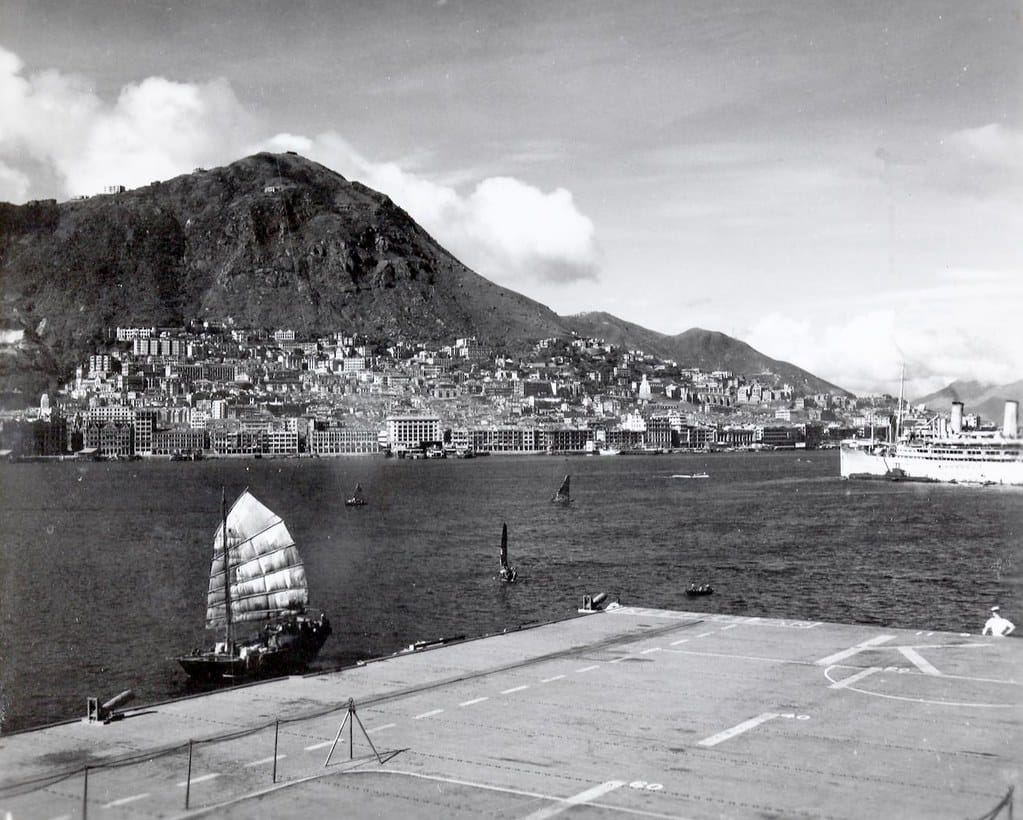Massive Hong Kong Evacuation: 6,000 Residents Displaced as WWII American Bomb Defused
Nearly eight decades after World War II ended, the deadly legacy of wartime continues to surface in one of Asia's busiest cities. Hong Kong authorities evacuated 6,000 residents as bomb disposal experts worked to defuse a massive American warplane bomb discovered buried beneath the bustling metropolis.
The discovery of the 500-kilogram (1,100-pound) unexploded ordnance in the Wan Chai district brought one of the world's most densely populated cities to a standstill, highlighting how the echoes of global conflict continue to impact modern urban life decades later.
A Dangerous Discovery Beneath the City
The American-made aircraft bomb was unearthed during routine construction work in the heart of Hong Kong's commercial district. Dating back to World War II, when Allied forces conducted extensive bombing campaigns against Japanese-occupied Hong Kong, the ordnance had remained buried and undetected for nearly 80 years.
Hong Kong's Explosive Ordnance Disposal (EOD) team classified the device as an immediate threat, prompting the largest peacetime evacuation in the city's recent history. The operation required clearing a 300-meter radius around the discovery site, affecting residential buildings, businesses, and major transportation arteries.
"This was one of the largest unexploded ordnances we've encountered in Hong Kong," said a spokesperson for the Hong Kong Police Force. "The size and condition of the bomb required extreme caution and extensive safety measures."
The Scale of Disruption
The evacuation operation showcased the massive logistical challenges that unexploded ordnance can create in modern urban environments:
- 6,000 residents temporarily relocated from their homes
- Multiple subway stations closed during the operation
- Major roads blocked, causing significant traffic disruptions
- Emergency shelters established for displaced residents
- Business operations suspended in the affected zone
The Hong Kong government activated emergency protocols typically reserved for natural disasters, demonstrating how historical conflicts can suddenly intrude into contemporary life.
A Global Problem Hidden Underground
Hong Kong's situation reflects a worldwide challenge that extends far beyond this single incident. According to international explosive ordnance disposal organizations, unexploded bombs from both world wars remain scattered across former conflict zones globally.
In Germany alone, authorities estimate that 2,000 tons of unexploded Allied bombs are discovered annually. London's construction projects regularly uncover German ordnance from the Blitz, while Pacific islands continue yielding Japanese and American explosives from WWII battles.
The longevity of these devices presents ongoing risks. Many WWII-era bombs were designed with delayed fuses or remain dangerous due to deteriorating chemical components that can become unstable over time.
Technical Expertise Saves the Day
Hong Kong's EOD team employed specialized techniques to safely neutralize the device. The operation required:
- X-ray analysis to determine the bomb's internal structure
- Remote-controlled equipment to minimize human exposure
- Controlled detonation protocols adapted for urban environments
- 24-hour continuous monitoring during the defusing process
The successful operation took several hours, with experts carefully dismantling the fuse mechanism before declaring the area safe. No injuries were reported, and residents were able to return to their homes the following day.
Lessons for Urban Development
This incident underscores critical considerations for city planners and construction companies operating in former conflict zones. Modern development projects must account for the possibility of encountering unexploded ordnance, particularly in areas that experienced intensive bombing during wartime.
Hong Kong authorities have indicated they will review construction protocols to better prepare for similar discoveries. The city's rapid development and extensive underground construction projects increase the likelihood of future encounters with buried wartime remnants.
The Enduring Legacy of Conflict
The Hong Kong bomb discovery serves as a stark reminder that the consequences of warfare extend far beyond peace treaties and victory parades. In cities worldwide, the deadly remnants of 20th-century conflicts continue to pose real threats to civilian populations decades later.
As urban development accelerates globally, the intersection between historical battlegrounds and modern construction will likely produce more such incidents. The successful resolution of Hong Kong's evacuation demonstrates the importance of maintaining specialized expertise and emergency protocols capable of addressing these unexpected encounters with history's buried dangers.
For Hong Kong's 6,000 temporarily displaced residents, the ordeal represents more than an inconvenience—it's a tangible connection to a conflict that shaped their city long before they were born, proving that in our interconnected world, the past remains perpetually present.

